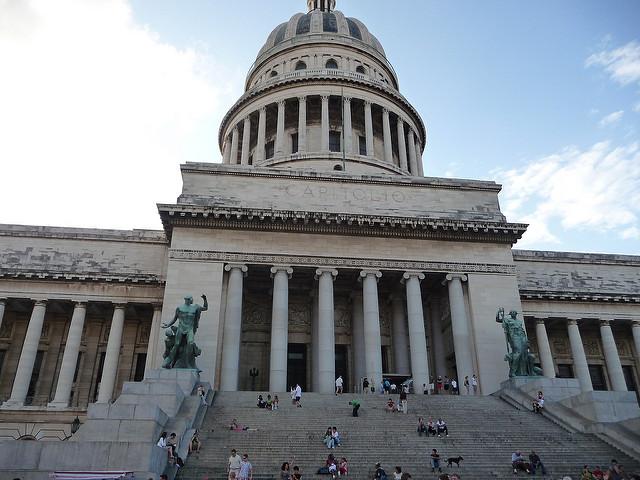by JULIO CESAR GUANCHE

Cuba’s new constitution should do more than merely ban discrimination; it should establish more proactive measures to recognize diversity and advance equality. This is the first installment in NACLA’s forum on Cuba’s constitutional reform.
During his time as president, Raúl Castro announced a series of reforms. One of these was to overhaul Cuba’s 1976 constitution, which was drafted at the height of Cuban socialism and has long been out of sync with the country’s post-Soviet reality. In July, Cuba’s National Assembly unveiled a proposed version for the new constitution. This draft will undergo a process of public debate throughout the fall and should be ratified in February 2019.
The constitutional reform has intensified debates on the island about rights, citizenship, and the new economy. This essay forms part of a running forum NACLA is hosting to offer a range of views on this crucial process at a critical moment in Cuban history.
Julio César Guanche’s essay focuses on one of contemporary Cuba’s most controversial issues: racial inequality. He argues that that the new constitution should do more than merely ban discrimination; it should establish more proactive measures to recognize diversity and advance equality. (This essay originally appeared in OnCuba.)
-Michelle Chase
The Draft of the new Constitution, being debated now in Cuba on a popular level, expands the legal formulation of the principle of equality. This is a reality of great importance.
The 1976 text banned discrimination for reasons of race, skin color, sex or national origin. The 1992 reform in addition banned discrimination against religious beliefs or “any other reason damaging to human dignity.”
This new draft collects the previous and adds “the non-discrimination for reasons of gender, gender identity, sexual orientation, ethnic origin and handicap.”
In this article I will only comment on a subject related to equality: racial discrimination. The reason is the following: the way of interpreting a discrimination and of imagining its solutions gives light on the causes and remedies for other discriminations.
There are several strategies to oppose racism, but perhaps the first of them is to recognize its existence and identify its mechanisms of reproduction.There are several strategies to oppose racism, but perhaps the first of them is to recognize its existence and identify its mechanisms of reproduction.
In Cuba there exist contradictory signs about the subject.
The 1959 Revolution waged a deep struggle against structural and institutional racism. Its principal leaders have had antiracism as a recurrent subject. During its process it banned segregation, discrimination and achieved social mobility, an increase in the standard of living and universal access to goods and services. The non-whites were benefitted indistinctively. A black activist has said it this way: “It was then that the Revolution took on sense for me.”
However, two conflictive focuses have been present in the official discourse.
First, the presentation of racism as a “vestige,” which the present is contributing to eradicate and that doesn’t reproduce it.
That position does not comprise the material base of the reproduction of racism, nor does it let its differentiating uses in today’s Cuba be seen in the access to ownership, receiving remittances or the preference in the economy’s booming zones, or how the school dropout and prison population rates are predisposed.
Second, mixed race is presented as the negation of all inequality originating in “race.”
According to that idea, we are mixed race: neither whites or blacks. Cuba is a country where “everything is mixed,” in which the person who doesn’t have Congo blood descends from the Carabalis; but that also experiences the differences between whites, mulattos and blacks present in countries with a similar historic formation, like Brazil or Colombia.
